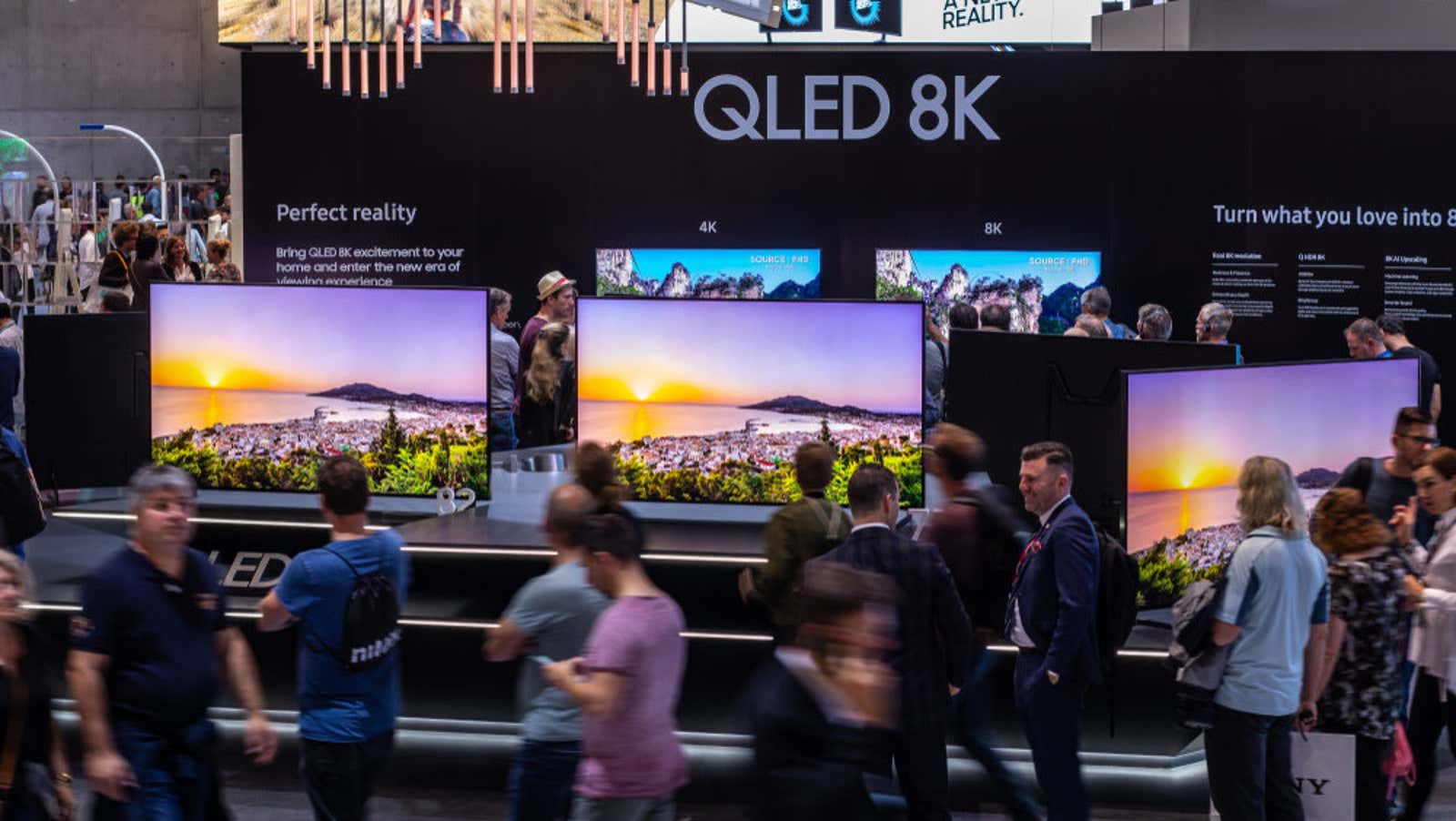Why the New H.266 / VCC Video Codec Is a Big Deal

The new H.266 video codec is a big deal. You can’t play with it yet without be tempted, as you could go install Handbrake and bask in video encodes that are half the size of your already optimized H.265 video, but its very existence will accelerate the eventual transition to 8K HDR video. And that’s good, right?
If you’re scratching your head, this is why H.266 will soon change your multimedia world.
What the hell is H.266?
H.266 (also known as VVC) is a video codec. Codecs are software that compresses and decompresses video files so that, among other things, they take up less space when stored on your hard drive and less bandwidth when transferred over a network.
According to BBC R&D ( via Extreme Tech ), H.266 can compress files down to 50 percent smaller than current H.265, without noticeably affecting video quality. In other words, a 10GB video encoded in H.264 is compressed to 2.5GB – still a large chunk of space, but manageable – when you encode it with h.266.
This incredible reduction in file size will go a long way toward playing and streaming 8K HDR video content on future TVs, smartphones and other devices. After all, a typical 8K HDR movie can eat 6 to 20 GB per hour if you watch it today on Netflix. Cutting that number down to half or one-fourth means more movies and less data to worry about.
When will H.266 and 8K arrive?
H.266 will eventually replace the H.265 codec, but here’s the thing: H.265 has never completely replaced H.264. This means that for developers and OEMs who continue to rely on H.264, there could be an even larger leap in storage efficiency. The only problem is that H.266 requires much more powerful hardware for the encoding process – and even with the right hardware, encoding H.266 takes a really long time (almost seven times longer than H.265).
However, H.266 is poised for (potentially) better distribution due to the benefits it brings to 8K video.
8K TVs already exist , but there is no particular reason to own one. H.266 will likely change that, but the first apps and devices to support the codec are expected to appear in the next couple of years. 8K HDR streaming may follow shortly thereafter. However, if consumer demand for 8K hardware and content is strong enough, the turning point could come even earlier.
Expect to see the first software decoder and encoder for H.266 this fall.
Does this mean that I need to update?
Since VCC-enabled apps and hardware are still a long way off and 8K streaming is still a supply chain, you won’t need to update your devices anytime soon. In fact, you may not have to do this for a long time.
4K streaming and broadcasting has only recently begun to gain traction , but 4K HDR devices have been on the market for years. Part of this slow adoption rate was due to the bandwidth and bottlenecks of video codecs, and because 4K content has been hard to find for a long time (and is still present on many popular streaming services).
Then there is the issue of physical space – at a certain distance, 4K content doesn’t look much better than Full HD content. Plus, HDR is arguably a big improvement in video quality, and you can experience it without the need for a giant 4K (or 8K) TV.
The barriers to widespread adoption of 8K are as high as 4K TVs, if not higher. By some projections, only three percent of TVs purchased by 2023 will support 8K (although H.266 and competing codecs like free AV1 could make the transition much easier).
In other words, don’t worry about the 8K revolution just yet. Codecs – H.266, AV1 or whatever are just the first steps. We’re just getting started; there is no need to be an early believer in this.